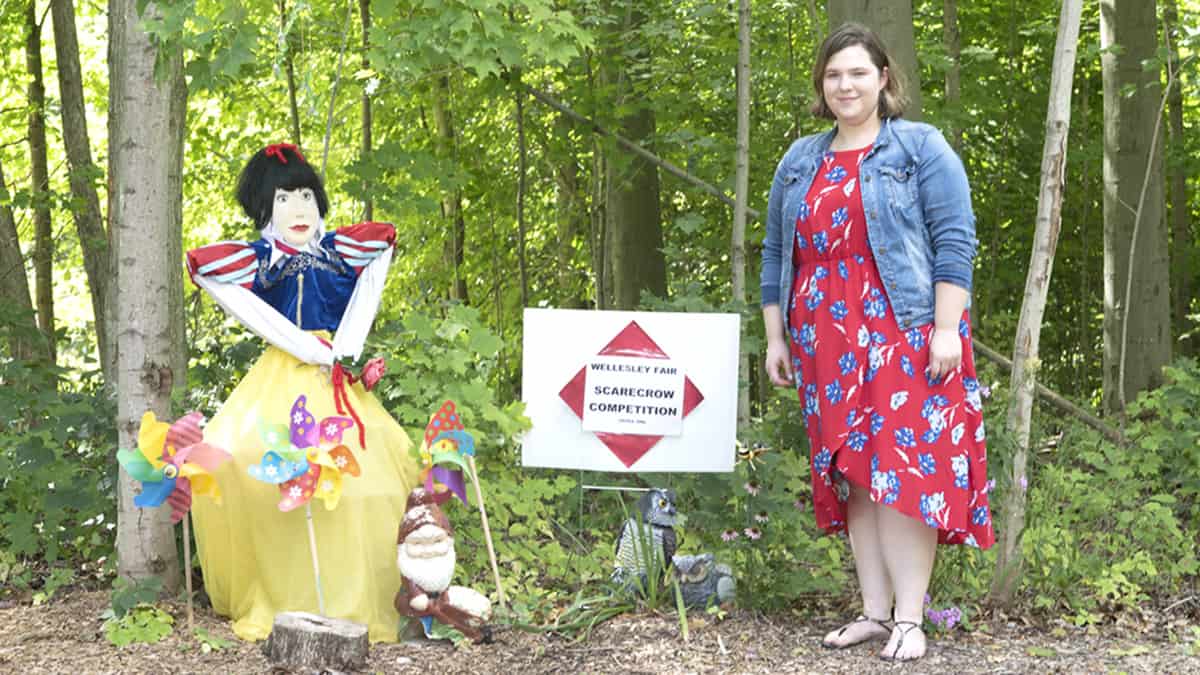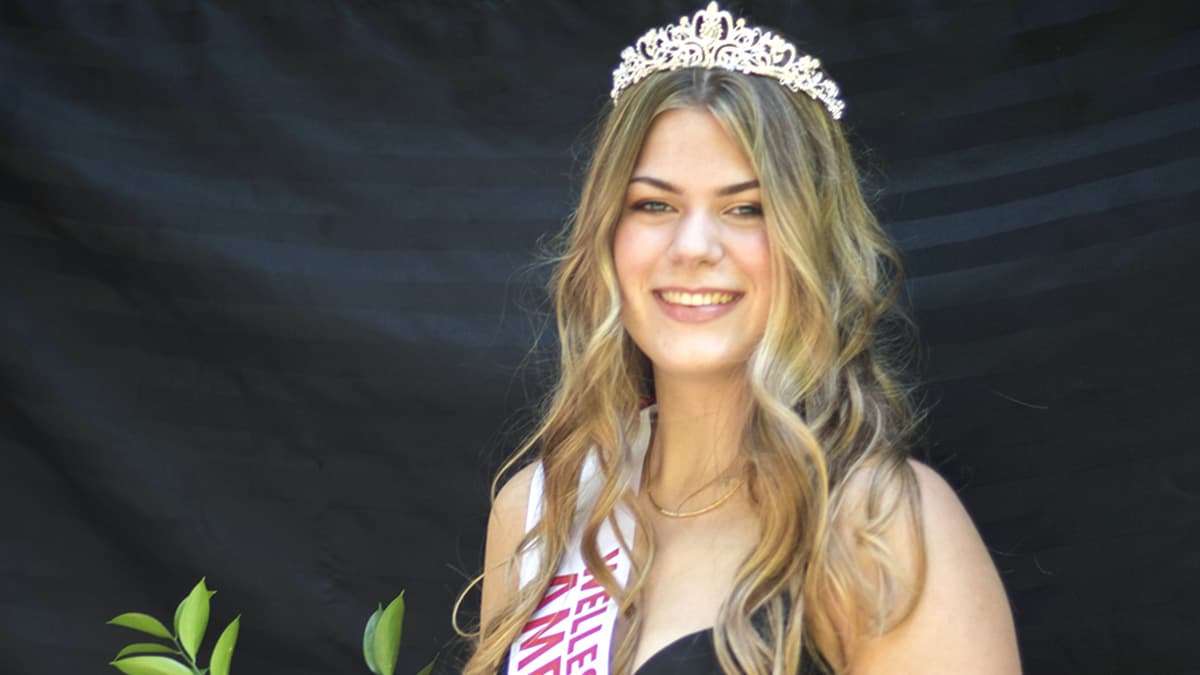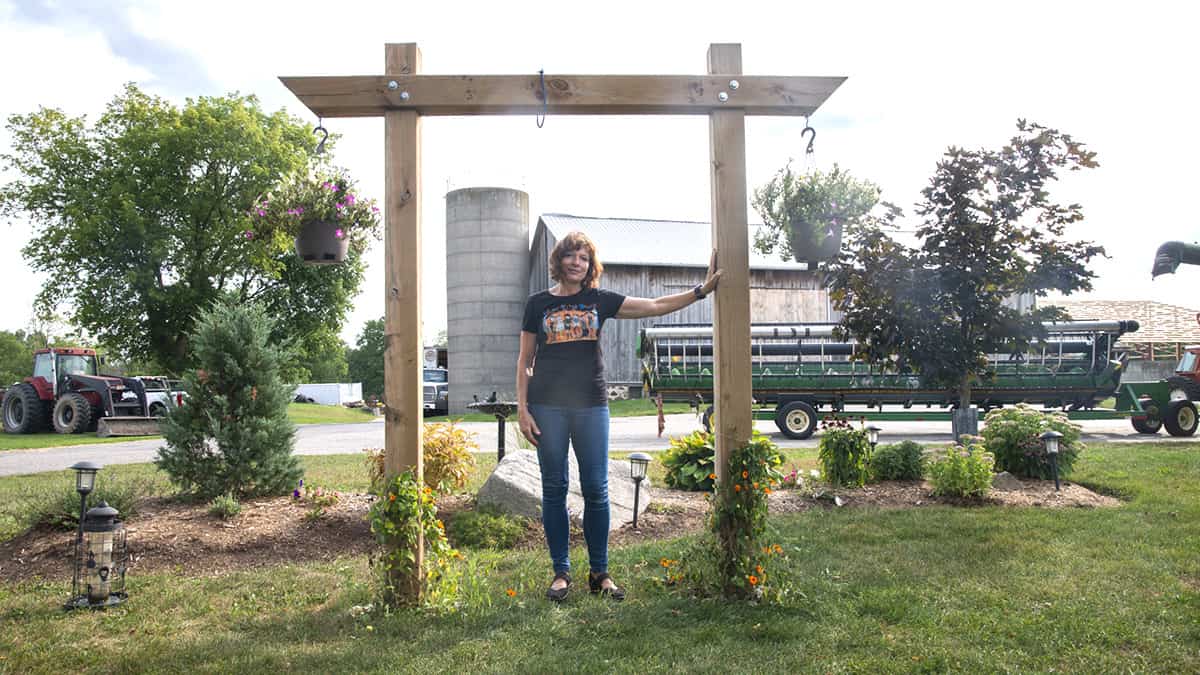Scarecrows have a long association with human agriculture, dating back to ancient Egypt. A less-functional use in Wellesley has a somewhat shorter history, but one some residents see as worth preserving.
You can still see wood-and-straw figures, often dressed in farmers’ clothing, out standing in their fields, though technological solutions such as noise guns are more frequently used to drive away crows and other birds. The tradition remains alive, however, through the likes of competitions encouraging residents to get creative with these classic figures.
The Wellesley Fall Fair has run a competition like this for many years, and while dwindling enthusiasm over the years made them consider cancelling the event, two residents brought it back to life and made it better than ever. While COVID-19 has cancelled this year’s fair, organizers of the scarecrow competition wanted to keep the fall fair spirit alive and are already running the competition for the next few weeks.
It was three years ago when Katie Kneisel got involved and took over the competition, breathing new life into it with more categories and expansion of the social media presence. She was joined by Miranda Schultz, who helped her raise the participation rate and excite the community about the contest.
Kneisel says scarecrows are part of our culture at risk, and she wanted to keep them alive through the spirit of this competition.
“[This is] not only a way to advertise our fair, but the way to advertise small businesses as well. And just to kind of bring the community back to its roots, because this is something that’s been going on for like numbers of years – it’s something that my dad and mom actually participated in when they were younger. So, it’s just a way to advertise the fair and help people get involved in bringing back an old farm tradition,” said Kneisel.
For thousands of years scarecrows have been used primarily by farmers to help protect recently sewn seeds and growing crops from birds and other animals. The first recorded use of scarecrows was by the ancient Egyptians who needed to protect their wheat crops along the Nile river from flocks of quail. They would create wooded frames covered with nets and then wait in the field until the quail appeared, proceeding to scare them into the nets and taking the captured birds home. Scarecrows then evolved with the Greeks who created them in the image of Priapus – son of the gods Dionysus and Aphrodite – who was said to be ugly enough to scare birds and ensure a good harvest.
From there the use of humanoid like scarecrows evolved and spread across the land, making it to many different continents and cultures. The modern scarecrow known by many is simply a figure made of straw and other items, dressed often in farmers clothing to simulate a person in the field as a way to ward off animals.
Since she took over the Wellesley competition, Kneisel has seen a growing number of participants. While the pandemic has seen numbers fall from last year, she says response remains great considering all that is going on.
For those who want to participate, Kneisel says they can be lenient for any late entrants. Those who want to take part must submit themselves under one of the new categories – which include best fall fair scene, best Disney lookalike and such – and create their masterpiece to display proudly. Once scarecrows are completed they are added to a map so residents can go and visit them.
Kneisel stresses that organizers take safety seriously and do not post specific addresses and names, opting to list only the street and number of scarecrows that can be seen there.
To see the scarecrow map, visit the Wellesley Fall Fair Facebook page.









